Rio Kobayashi turns traditional furniture making on its head
Wallpaper* Future Icons: how Austrian-Japanese designer Rio Kobayashi reinvents traditional furniture through diverse influences and collaborations
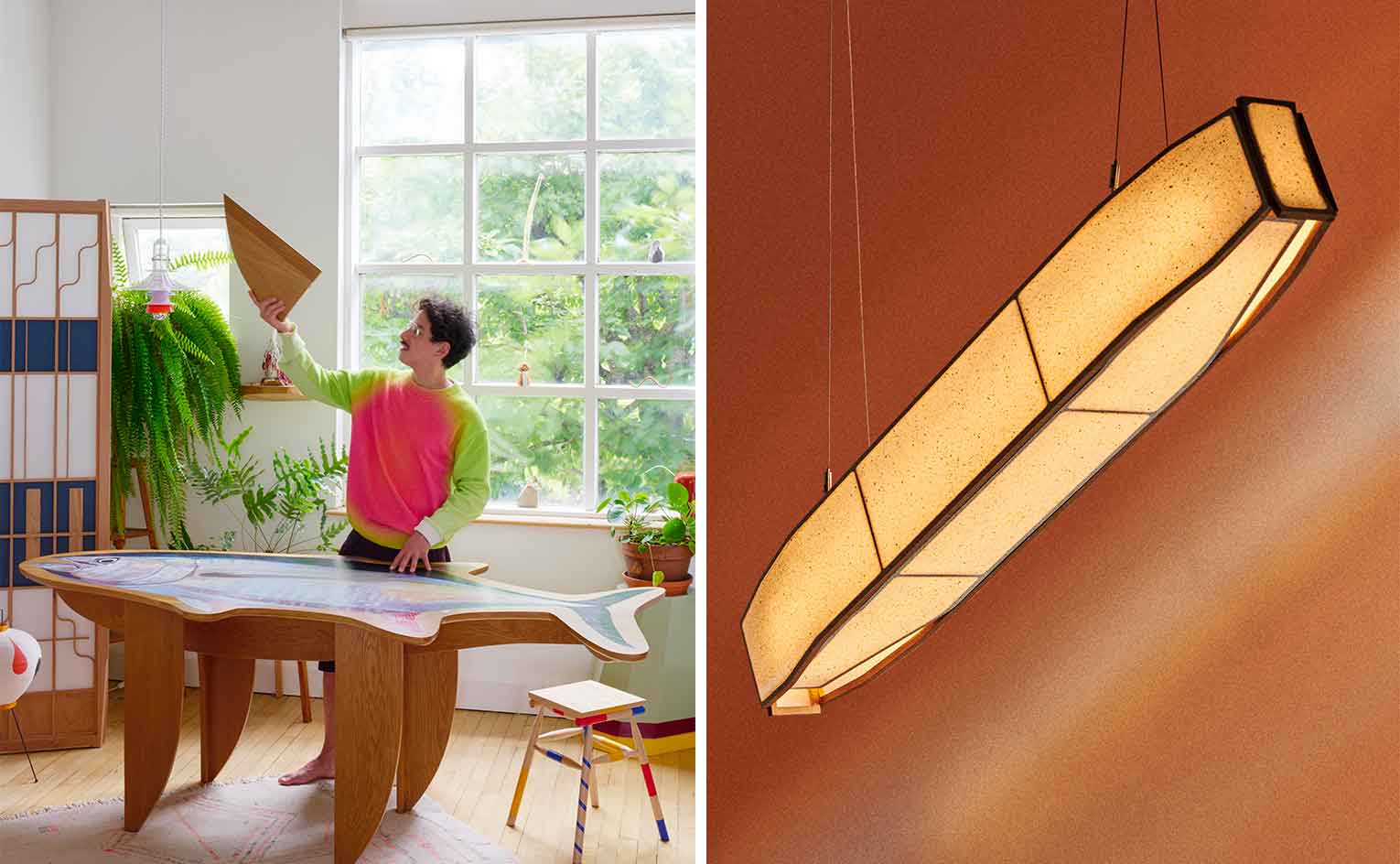
During London Design Festival 2023, Rio Kobayashi presented Manus Manum Lavat at Cromwell Place: the Austrian-Japanese designer’s first solo show, it was also an exhibition where every piece on display was made in collaboration with a designer friend, or artisan, or material specialist. Featuring furniture, lighting and objects, the exhibition offered an overview of Kobayashi’s widespread approach to design and making.
Rio kobayashi: an eclectic, creative upbringing
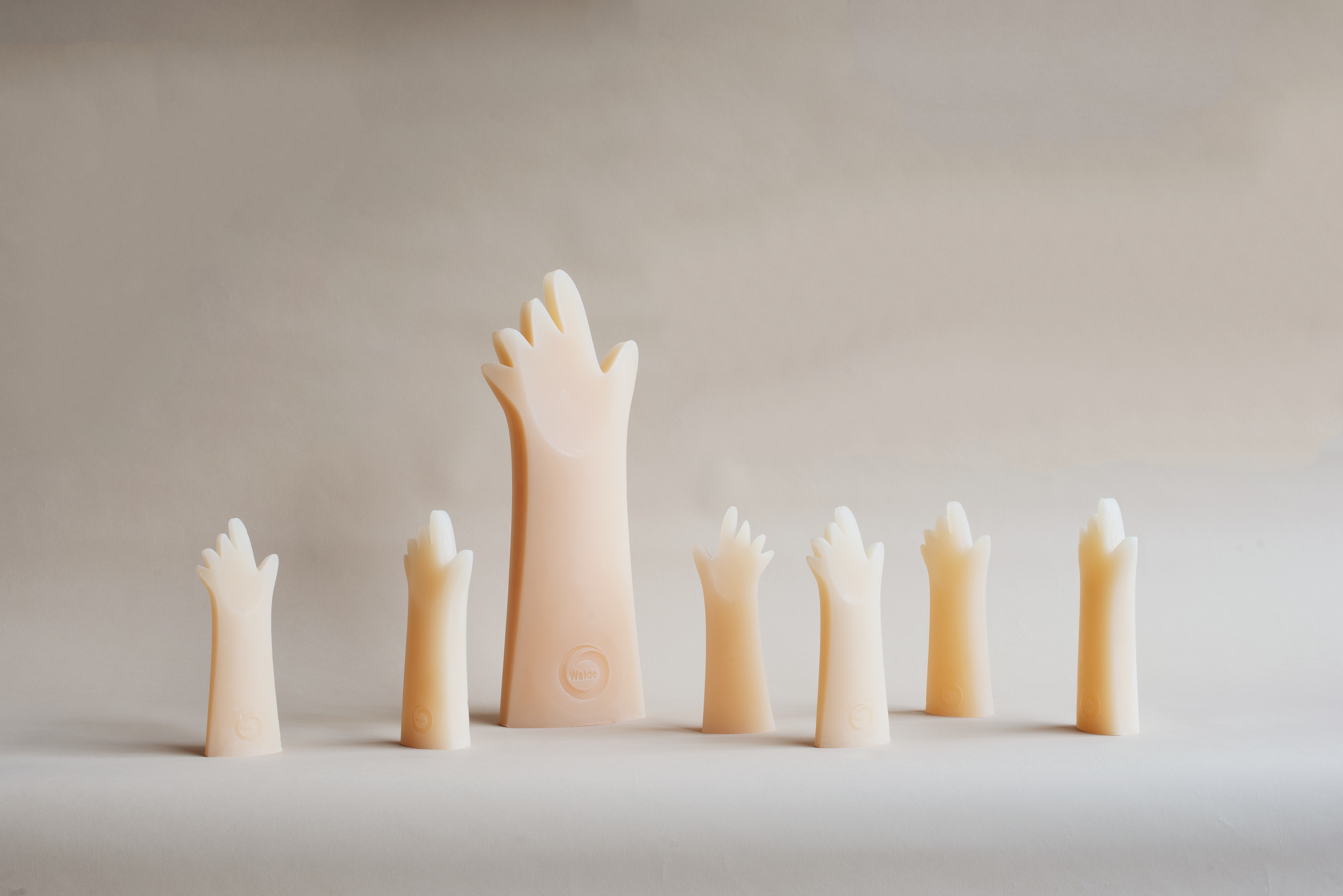
Manus Manum Lavat Hand Soaps, made with Bethan Laura Wood and Austrian soap makers Walde Seifen
Kobayashi credits a lot of his creative approach to his childhood, having grown up in the pottery town of Mashiko, Japan with ‘hippie parents’ (Japanese and Austrian/Tyrolean artisans and makers). His parents self-build their home, and added over the years as he and his siblings grew up.
‘Making was always part of my life,’ he explains. ‘If I wanted a toy, my parents would send me to the workshop suggesting I’d try to make it myself.’ He recalls his first designs as being a series of clay dinosaurs (‘I wanted these plastic dinosaurs, and they thought I’d do a much better job making them myself’). ‘I was also making arrows and bows, using materials from the bamboo forest behind our house, it was quite wild. After having travelled to a lot of places, I can now see that it was a very special thing.’

“Rorrim Rorrim” Mirror, made in collaboration with Barbini Specchi Veneziani, a Murano glass specialist
Growing up, he was also influenced by popular culture, from music to foreign cars and skate culture, which he was exposed to through a favourite teacher at school. Spotting his teacher’s apartment interiors in a design magazine got him curious about design as a discipline.
‘I was so fascinated by his mid-century furniture, iconic pieces by Eames, Panton, Noguchi. That’s the point when I found out that design was also a job.’ From there, he moved to Austria to live with his grandmother for a period of time, and it there that he did an apprenticeship with a furniture maker (which he credits to what he calls the ‘grandma network’).
Between designing and making
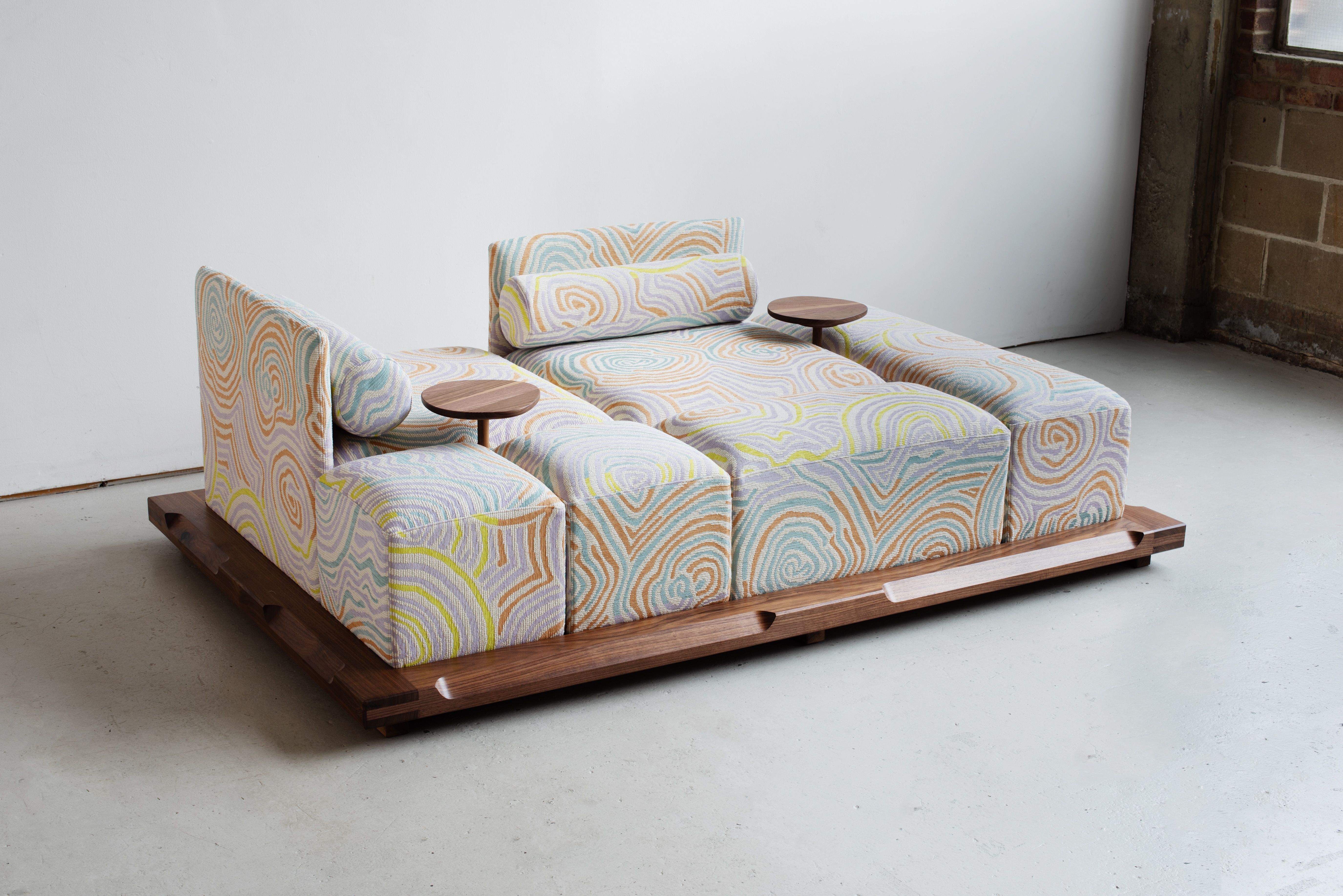
Piece of Cake Sofa, designed in collaboration with Flavia Braendle, with textiles by Peter Pilotto
Kobayashi's furniture making training is evident in his pristine woodwork, injected with colour and unexpected details that reveal glimpses into his multicultural background and informal design approach. ‘All my works are inspired by all these cultural differences and the mix of things that have surrounded me all my life,’ he says. ‘I mix clichés, things I find funny, it’s a whole journey, and I always follow something that excites me.'
He admits still feeling more like a maker than a designer, the materials and techniques driving his work. 'I think I will never feel like I'm a designer, I've never learned professionally how to design, I always looked at what other people do, and tried to figure out what I liked.'
Receive our daily digest of inspiration, escapism and design stories from around the world direct to your inbox.
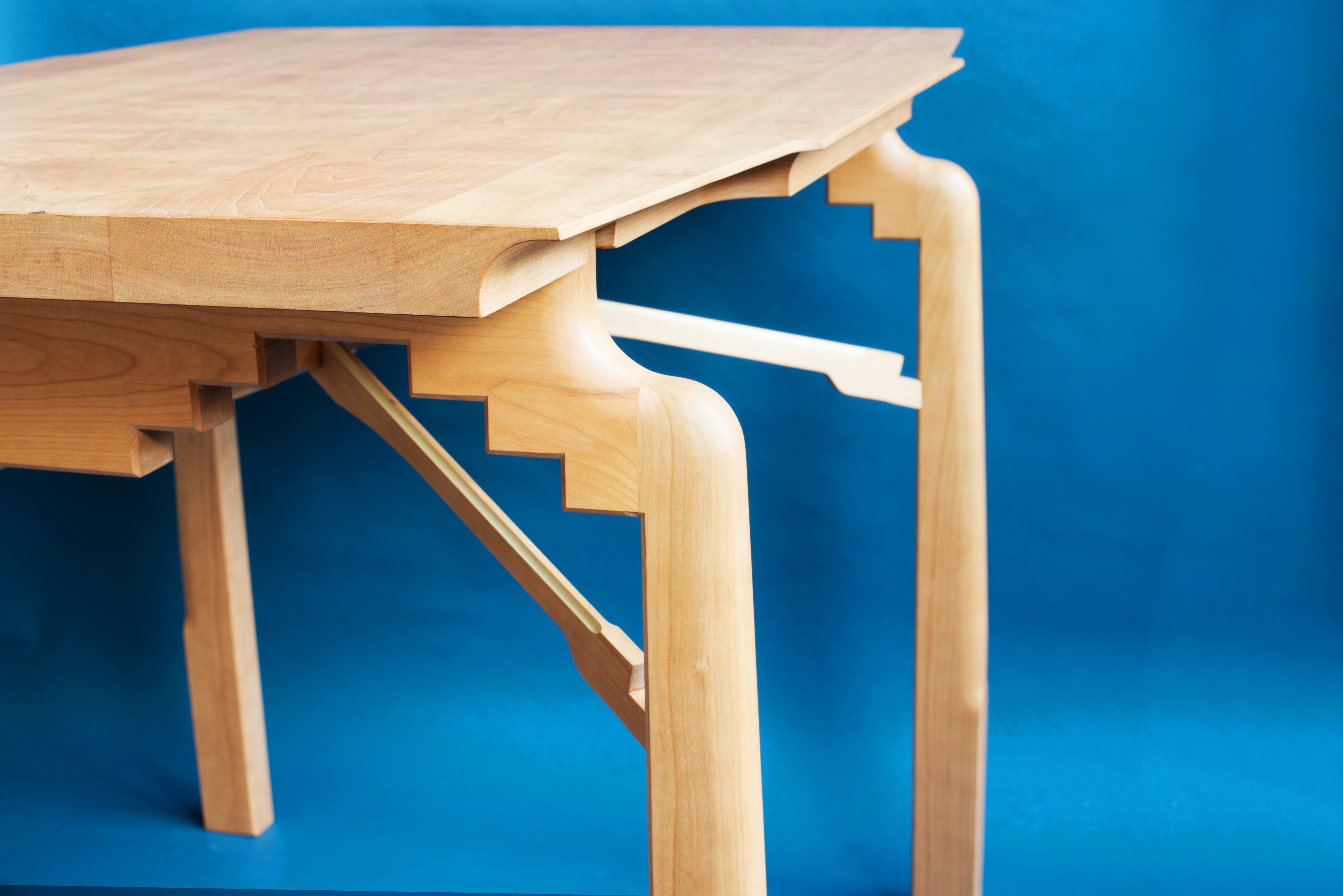
Dining table made for Kobayashi's friends
The exhibition in London was an uplifting representation of Kobayashi's approach to furniture, his eclectic aesthetic, and how he values collaboration. Held at Cromwell Place, the exhibition was titled Manus Manum Lavat (a Latin phrase meaning 'one hand washes the other'), and featured hand-shaped soaps with Bethan Laura Wood, a tuna-shaped table painted by artist James Hague, a duo of speakers in collaboration with Wiener Lautsprecher Manufaktur and a modular sofa designer in collaboration with Flavia Braendle and with textiles by Peter Pilotto.
Kobayashi is now expanding the scope of his work, having taken part to the JB Blunk Estate's 100 Hooks exhibition and having collaborated with Koivu on a series of embroidered jumpers. ’Your life is just collaborations, you cannot do anything without it,’ he says, referencing his general approach to design. ‘Collaboration is about experience, atmosphere, showing life instead of just pieces.’

Speakers with Wiener Lautsprecher Manufaktur

Exhibition view of Manus Manum Lavat
Rosa Bertoli was born in Udine, Italy, and now lives in London. Since 2014, she has been the Design Editor of Wallpaper*, where she oversees design content for the print and online editions, as well as special editorial projects. Through her role at Wallpaper*, she has written extensively about all areas of design. Rosa has been speaker and moderator for various design talks and conferences including London Craft Week, Maison & Objet, The Italian Cultural Institute (London), Clippings, Zaha Hadid Design, Kartell and Frieze Art Fair. Rosa has been on judging panels for the Chart Architecture Award, the Dutch Design Awards and the DesignGuild Marks. She has written for numerous English and Italian language publications, and worked as a content and communication consultant for fashion and design brands.
-
 The Bombardier Global 8000 flies faster and higher to make the most of your time in the air
The Bombardier Global 8000 flies faster and higher to make the most of your time in the airA wellness machine with wings: Bombardier’s new Global 8000 isn’t quite a spa in the sky, but the Canadian manufacturer reckons its flagship business jet will give your health a boost
-
 A former fisherman’s cottage in Brittany is transformed by a new timber extension
A former fisherman’s cottage in Brittany is transformed by a new timber extensionParis-based architects A-platz have woven new elements into the stone fabric of this traditional Breton cottage
-
 New York's members-only boom shows no sign of stopping – and it's about to get even more niche
New York's members-only boom shows no sign of stopping – and it's about to get even more nicheFrom bathing clubs to listening bars, gatekeeping is back in a big way. Here's what's driving the wave of exclusivity
-
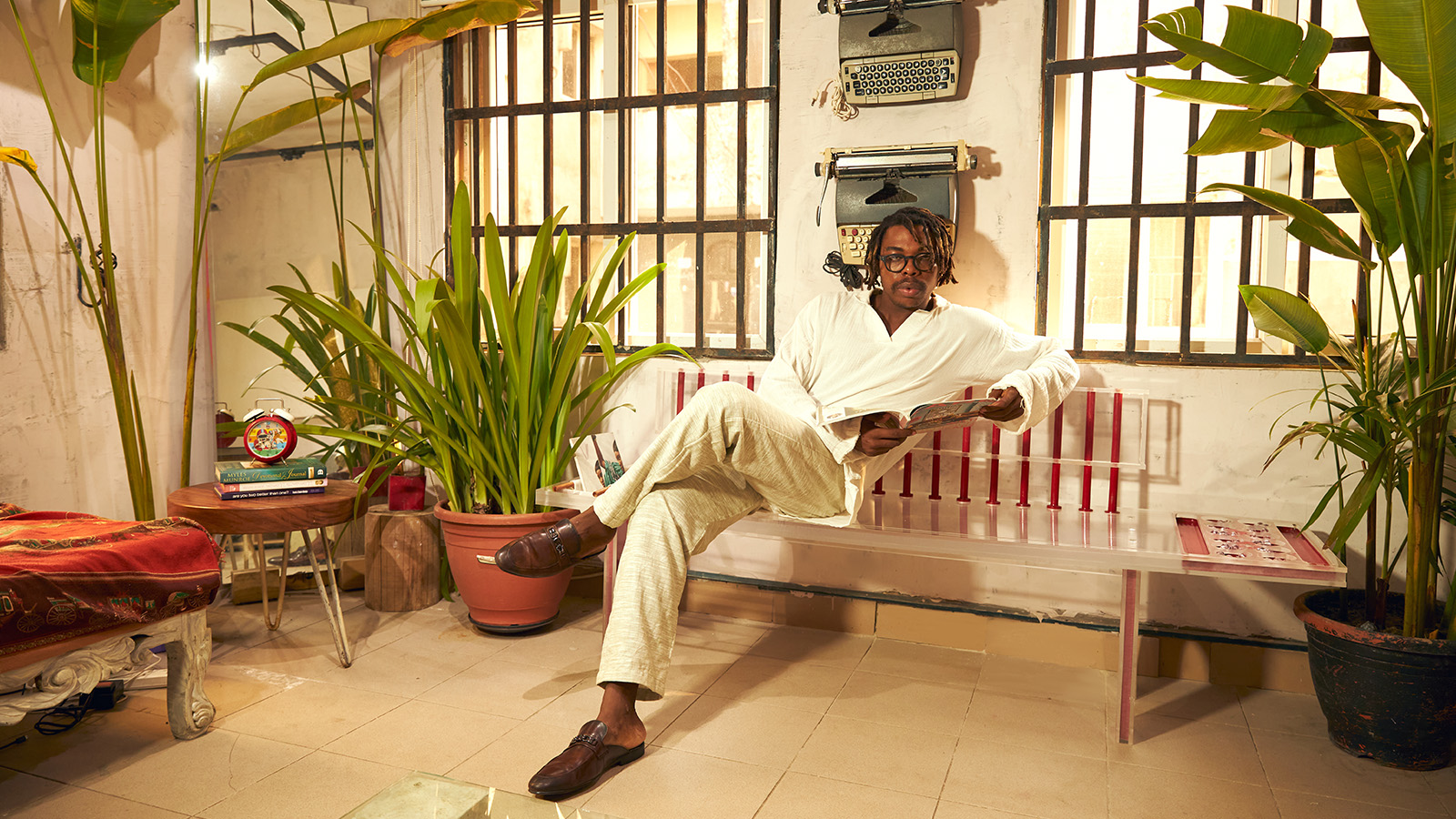 Josh Egesi on his designs and evolving culture: 'Design is a form of cultural documentation'
Josh Egesi on his designs and evolving culture: 'Design is a form of cultural documentation'Nigerian designer Josh Egesi tells Wallpaper* about the creativity behind his studio, design approach, his country's cultural revolution, and venturing into surfboard design
-
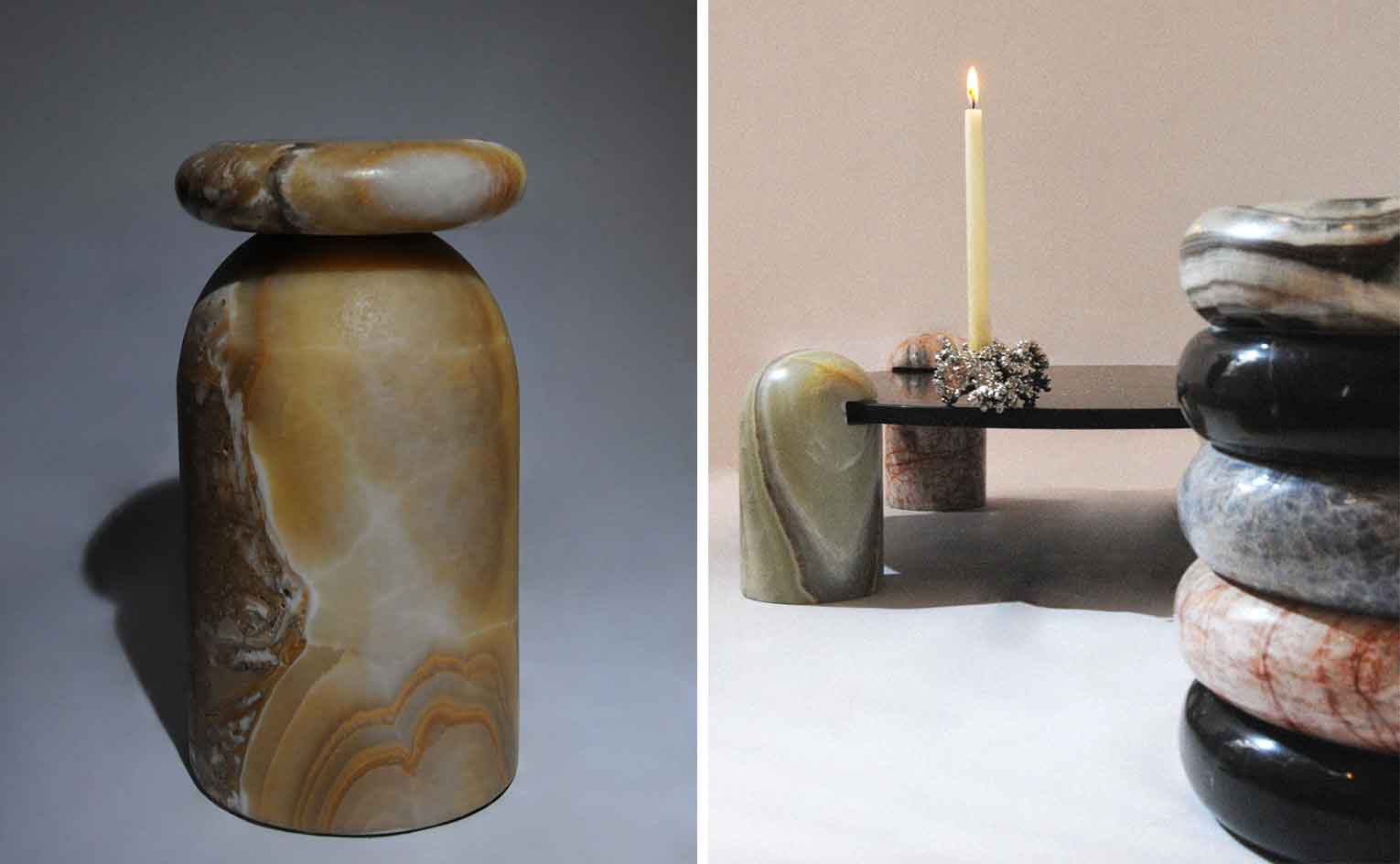 Panorammma's design work is a combination of fictional worlds
Panorammma's design work is a combination of fictional worldsWallpaper* Future Icons: Mexico City-based design studio Panorammma is the practice of 29-year old Maika Palazuelos
-
 Olivia Bossy's sculptural furniture is inspired by everyday moments
Olivia Bossy's sculptural furniture is inspired by everyday momentsWallpaper* Future Icons: based in Sydney Olivia Bossy turns visuals and ideas into sculptural furniture
-
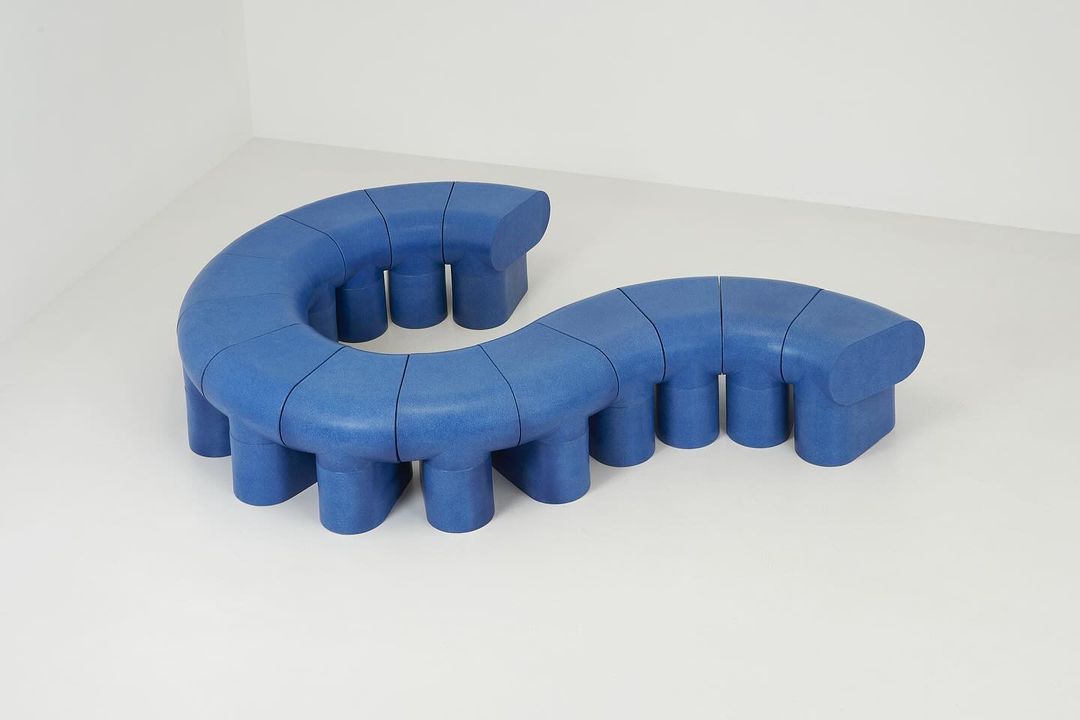 Rino Claessens’ modular furniture experiments with ceramic design
Rino Claessens’ modular furniture experiments with ceramic designWallpaper* Future Icons: Rino Claessens turns his love for ceramics into experimental large-scale modules and compositions
-
 Inside Seongil Choi's experiments with materials and form
Inside Seongil Choi's experiments with materials and formWallpaper* Future Icons: Seoul-based Seongil Choi works across a variety of materials, with experimental approaches at the heart of his work
-
 Parti Studio swing between architecture and design through research and experimentation
Parti Studio swing between architecture and design through research and experimentationWallpaper* Future Icons: London-based architecture practice Parti made its lighting design debut this year
-
 Giles Nartey translates African rituals into bold design objects
Giles Nartey translates African rituals into bold design objectsFuture Icons: Giles Nartey's boundary-pushing work combines teaching, research and design
-
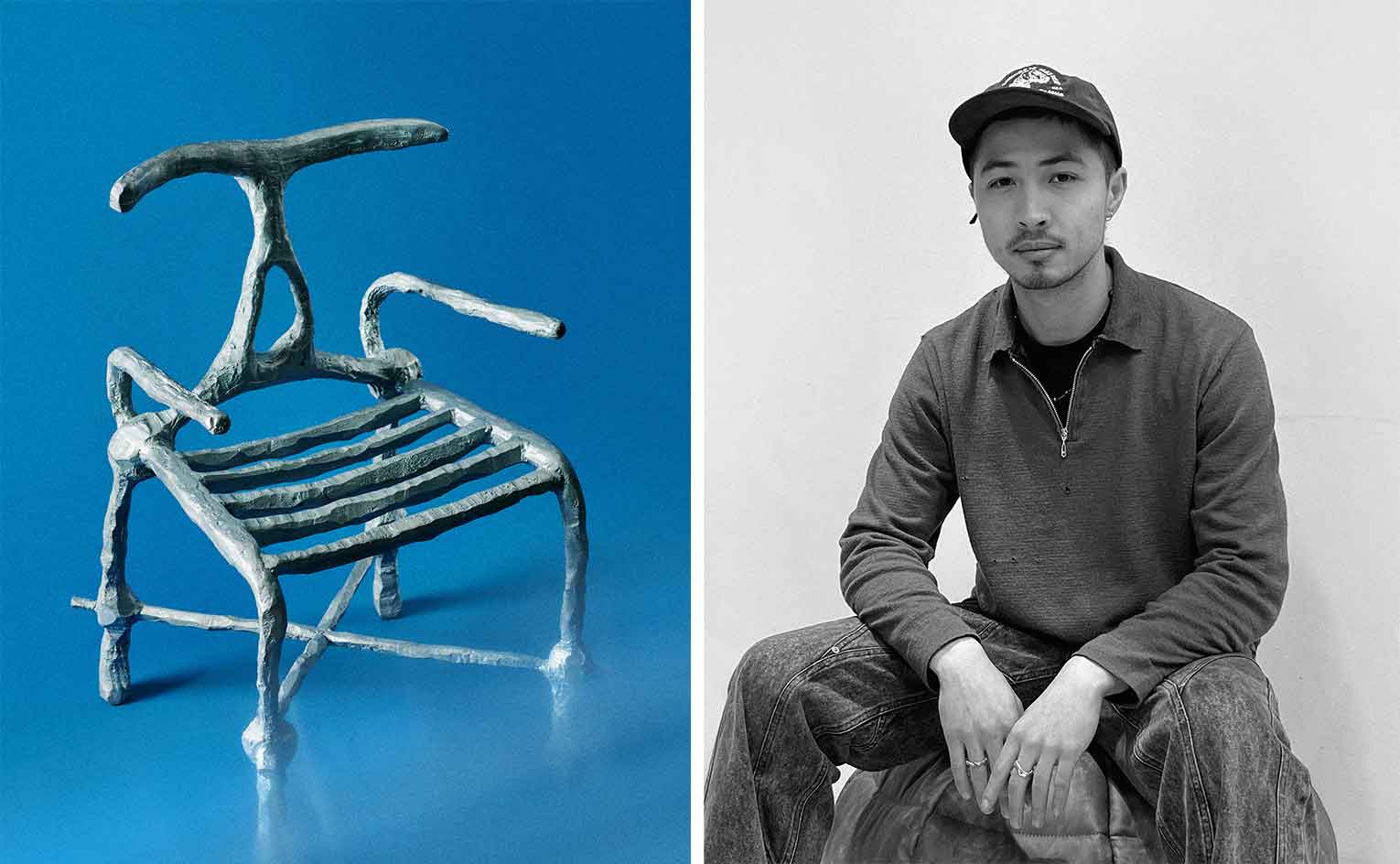 Matan Fadida's work merges comfort and formal experimentation
Matan Fadida's work merges comfort and formal experimentationWallpaper* Future Icons: based in London, Matan Fadida's work can be described as industrial minimalism achieved with honest materials, and includes objects, furniture and wearables